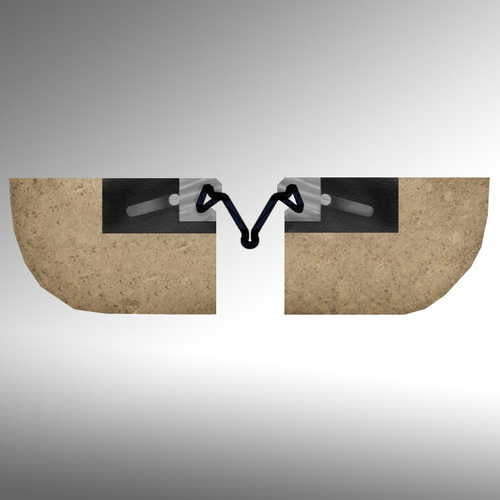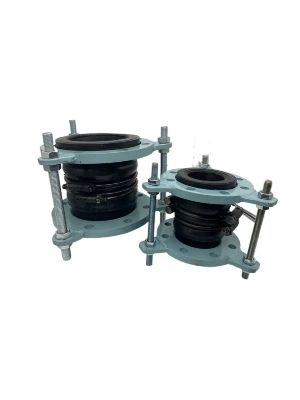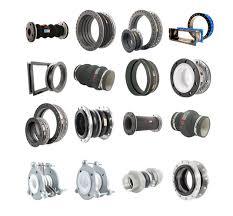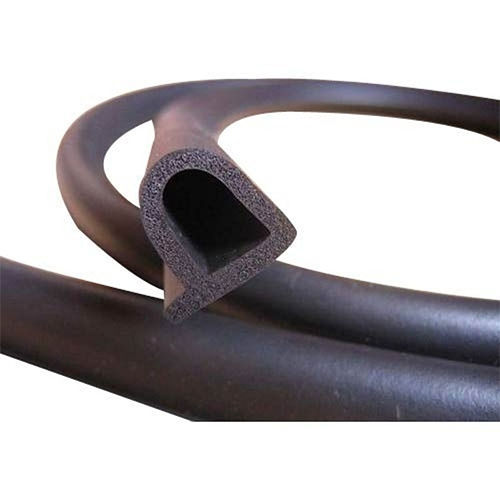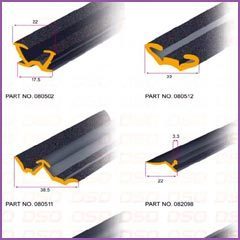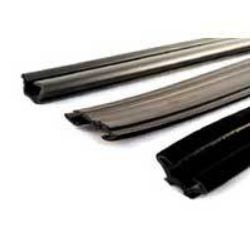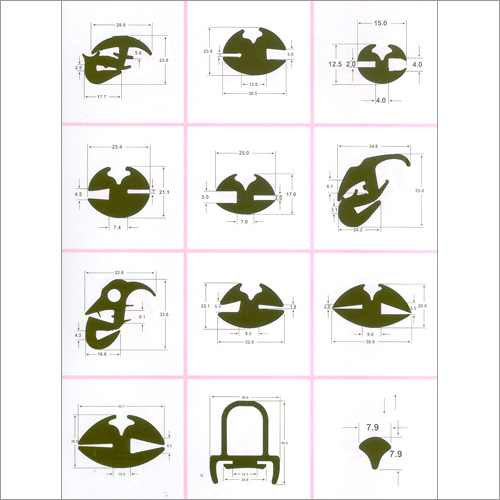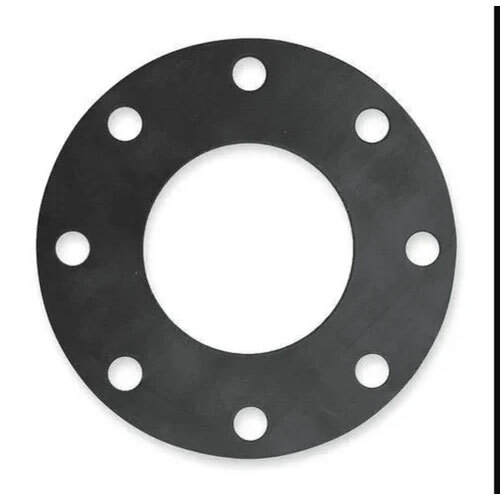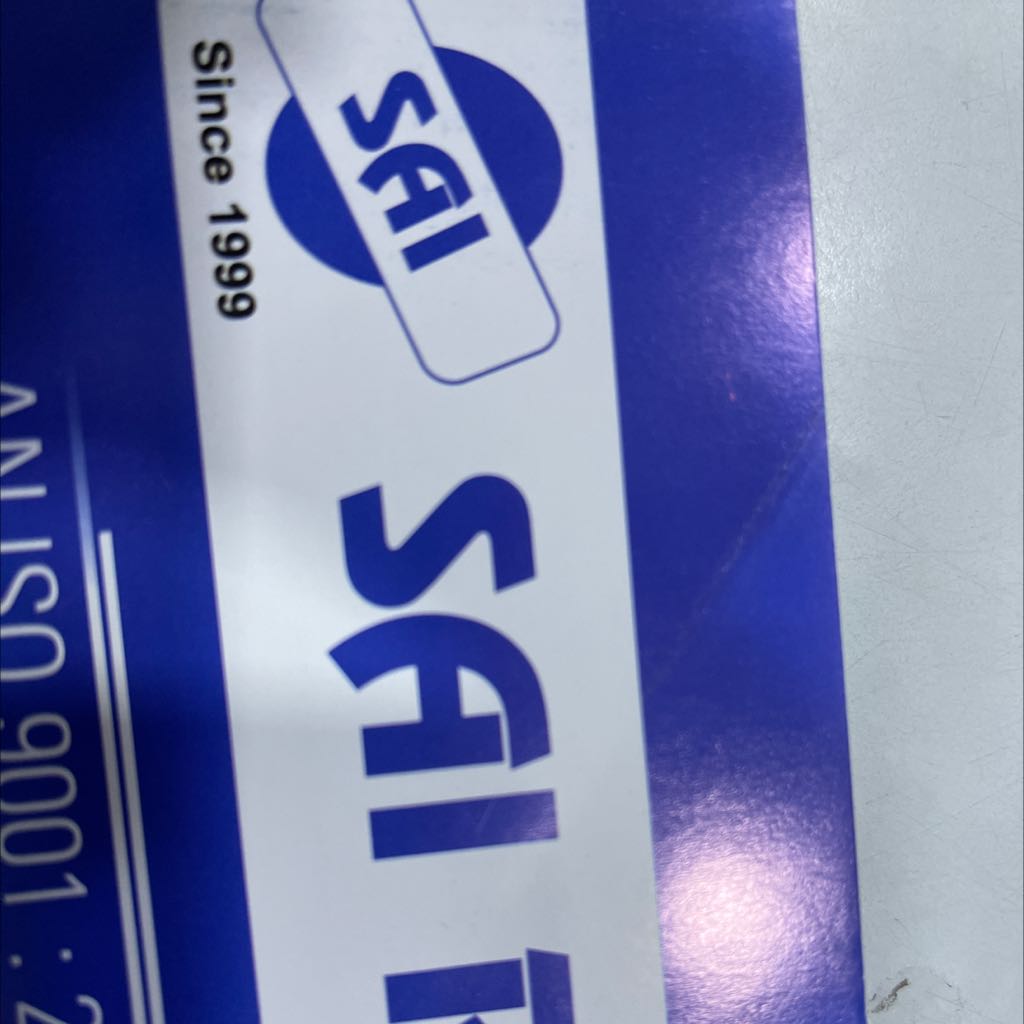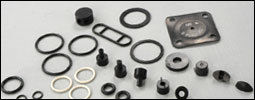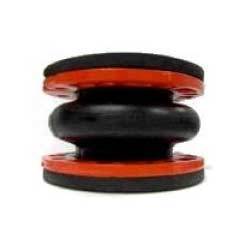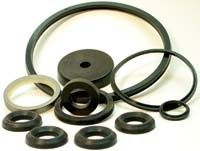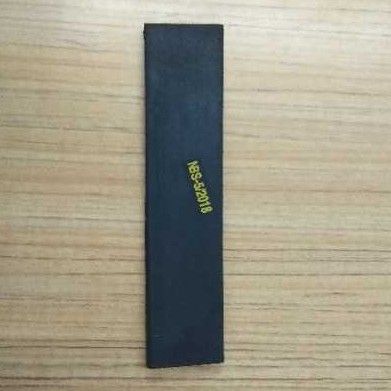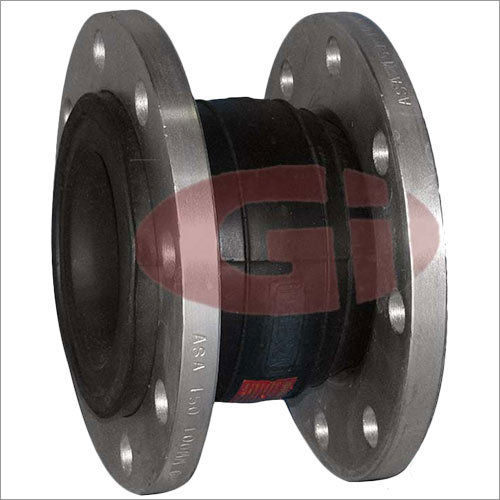Rubber expansion joints, also known as rubber bellows or flexible connectors, are used in piping systems to absorb movement, reduce vibration, and compensate for thermal expansion and contraction. Here are some key features of rubber expansion joint bellows: 1. **Flexibility:** - Rubber expansion joints are highly flexible, allowing them to absorb axial, lateral, and angular movements in piping systems. This flexibility is essential for accommodating thermal expansion and contraction, vibrations, and misalignments. 2. **Material:** - Bellows are typically made from rubber compounds such as EPDM (ethylene propylene diene monomer), neoprene, or natural rubber. The material is chosen based on factors such as the type of fluid being conveyed and the operating conditions. 3. **Reinforcement:** - Some rubber expansion joints have reinforcement materials embedded in the rubber, such as fabric or metal rings, to enhance their strength and durability. 4. **Absorption of Movement:** - Axial Movement: Absorbs axial movement along the length of the expansion joint. - Lateral Movement: Accommodates lateral movement or misalignment of connected pipes. - Angular Movement: Allows for angular movement in different directions. 5. **Vibration Isolation:** - Rubber bellows help dampen vibrations in the piping system, reducing the transmission of noise and preventing damage to connected equipment. 6. **Corrosion Resistance:** - The rubber material used in expansion joints is often resistant to corrosion, making them suitable for use in various industrial environments. 7. **Temperature Resistance:** - Rubber expansion joints are designed to operate within a specified temperature range, ensuring their performance in both high and low-temperature applications. 8. **Pressure Rating:** - The expansion joint must have a pressure rating suitable for the specific application to prevent failure under varying pressure conditions. 9. **Absorption of Sound and Shock:** - Rubber bellows can help absorb sound and shock waves generated by the flow of fluids in the piping system, contributing to a quieter and more stable operation. 10. **End Connections:** - Expansion joints typically have flanged ends that can be bolted to the adjacent pipe or equipment. The flanges provide a secure connection and help maintain the integrity of the joint. 11. **Easy Installation:** - Rubber expansion joints are relatively easy to install, providing a cost-effective solution for accommodating movement and vibration in piping systems. 12. **Application Versatility:** - Rubber expansion joints find applications in various industries, including chemical processing, power generation, water treatment, HVAC, and more. 13. **Maintenance:** - Regular inspection and maintenance are recommended to check for signs of wear, fatigue, or damage. Timely replacement can prevent unexpected failures in the system. 14. **Compliance Standards:** - Expansion joints may need to comply with industry standards and regulations to ensure their safety and performance. Compliance helps guarantee that the joints meet certain quality and safety requirements. Selecting the right rubber expansion joint involves considering factors such as the type of fluid, temperature and pressure conditions, movement requirements, and the specific needs of the piping system. Consulting with manufacturers or experts in the field can aid in choosing the appropriate expansion joint for a particular application.
